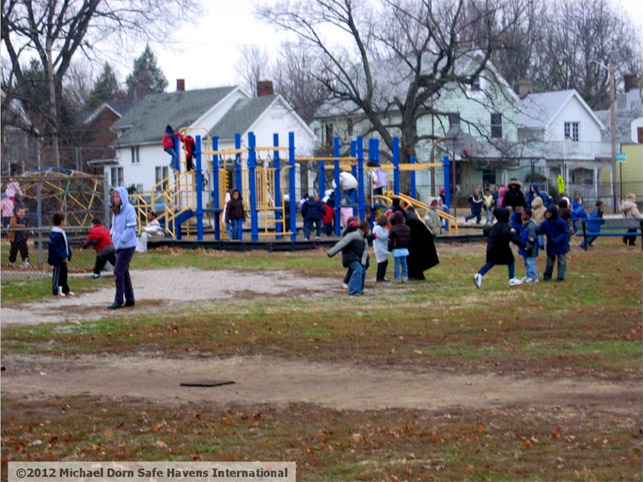
When polling audiences during keynotes, I find that most schools do not conduct reverse evacuation drills and in fact that many do not even have a written protocol for this critical life saving concept. The reverse evacuation protocol is not only critical, it is perhaps even more important than the lockdown protocol. This is because any school that does not have a reverse evacuation protocol and the ability to execute it effectively, may be unable to implement a lockdown, shelter in place for hazardous materials or severe weather sheltering protocol when and if students and staff are outside of the school.
This protocol became popular after the state of Kentucky put out a school crisis planning guide which included a reverse evacuation protocol many years ago. The Federal Emergency Management Agency also includes a reverse evacuation protocol in one of their planning documents. Simply put, a reverse evacuation protocol is used to rapidly and safely move students and staff inside a facility when it would be dangerous to remain outside. As school officials need a mechanism to rapidly move people back into a building in the event of a tornado, armed aggressor, aggressive animal or hazardous materials event near the school, this is one of the most important tools to prevent mass casualty losses from such events.
If your school crisis plans and drill processes do not include reverse evacuation, now might be a good time to implement this life saving concept.